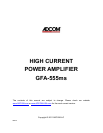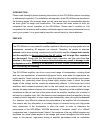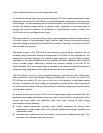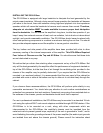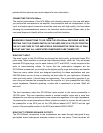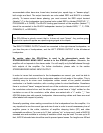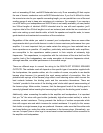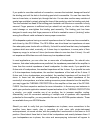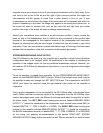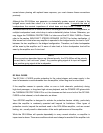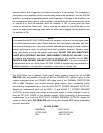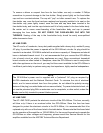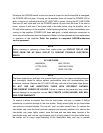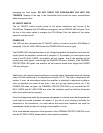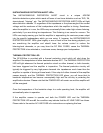If you prefer to use other methods of connection, unscrew the insulated, hexagonal head of
the binding post until the hole in the binding-post stud is accessible. You can then insert the
bare or tinned wire, or terminal pin, through the hole. You can also use the many varieties of
spade lugs available by simply placing the tines of the spade lug onto the binding post stud.
Turn the insulated hex head of the binding post clockwise until the wire or connector is firmly
secured. Finger pressure is sufficient and you should not use pliers, or other tools, which
could damage or over-tighten the binding post assembly. The binding post has been
designed in such a way that finger pressure is all that is needed to cause a "pinching" action
among the different metal surfaces to insure proper connection.
All loudspeaker systems having a nominal impedance down to 2 ohms can be connected to,
and driven by, the GFA-555ms. The GFA-555ms can drive these low impedances at more
than adequate power levels with no difficulty. It should be noted here that many loudspeaker
systems which are rated, nominally, at 4 ohms drop in impedance, in some parts of their
frequency range, to as low as 2 ohms (and some others to even less than 2 ohms). You will
not experience difficulties even with these very-low-impedance loads.
In most applications, you can drive two or more sets of loudspeakers. You should note,
however, that when loudspeakers are paralleled, the impedance presented to the amplifier is
lower than the nominal impedance of each loudspeaker. In other words, if you parallel two
8-ohm sets of loudspeakers, the resultant impedance will be 4 ohms. If you parallel two sets
of 4-ohm-impedance loudspeakers, the resultant impedance of the load will be 2 ohms. If
8-ohm and 4-ohm loudspeakers are paralleled, the resultant impedance will be about 2.6
ohms. In these last two situations, and depending on the lowest impedance of the
nominally-4-ohm speakers, and when making excessive power demands from the amplifier,
you may trigger the THERMAL PROTECTION on the amplifier or blow one of the DC RAIL
FUSES. See their respective sections for more information. In those very rare instances in
which your particular application causes frequent activation of the THERMAL PROTECTION
e circuitry, you might consider use of an auxiliary fan to increase amplifier cooling.
Alternatively, and for convenient switching of multiple sets of speakers with impedance
protection for the amplifier, you may consider the use of an ADCOM speaker selector. These
are available from your ADCOM dealer.
Should you wish to verify that your loudspeakers are in-phase, once connections to the
amplifier have been made, play a recording of solo voice with single-instrument
accompaniment, at normal volume, with the preamplifier's mode switch in the mono or A+B
position. Stand about three feet in front of the loudspeakers and exactly between them. If
your loudspeakers are in-phase, the voice and accompanying instrument will appear to



